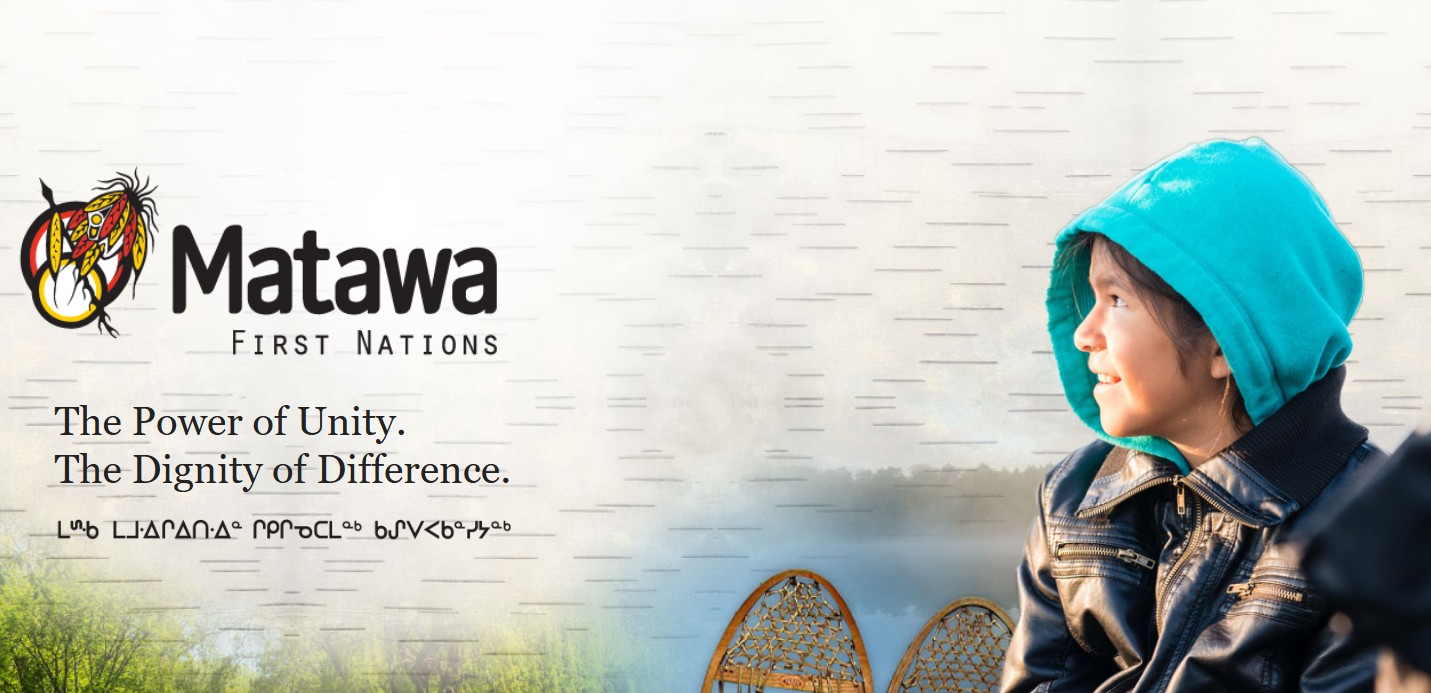Telecom policy to support investment
 How should telecom policy evolve to improve the incentives for investment in infrastructure?
How should telecom policy evolve to improve the incentives for investment in infrastructure?
A recent Policy Briefing from Hill Times focused on telecom. At least two of the articles addressed the question of whether government policies will support investment in telecom infrastructure, or constrain it.
In “Major projects? Not without telecom”, Canadian Telecommunications Association CEO Robert Ghiz emphasized that none of the transformative projects under discussion (such as liquefied natural gas expansion, tide water pipelines, or the proposed high-speed rail link between Toronto and Quebec City) can succeed without investment in world-leading telecommunications networks.
Canada’s telecommunications providers have a strong record of investing in the networks that make these projects possible. Over the past decade, the industry has poured more than $130 billion into building and upgrading wireless and wireline infrastructure. That investment has delivered among the fastest and farthest-reaching networks in the world.
…
In short, the industry has shown it can invest at scale, drive innovation, and deliver lower prices and more value. But sustaining that record depends on the right policy environment.When governments establish rules that discourage investment—whether through wholesale internet access frameworks that undercut incentives to build, or consumer policies that pile on compliance costs without improving outcomes—they risk diverting resources away from the very networks that Canada’s major projects will depend on.
Writing in the same edition of Policy Briefing, Erik Bohlin, the Ivey Chair in Telecommunication Economics, Policy and Regulation at Western University’s Ivey Business School, observes that investment resources are currently flowing outward from Canada, rather than attracting foreign direct investment. Why?
“Among others, Canada’s existing inventory of regulatory measures—including spectrum set-aside policies, roaming policies, mobile virtual network operator measures and more—may need to be questioned whether they may run counter to broader resilience goals.” He asks, “What are the resilience impacts of network-based competition vs. service competition?”
Both articles speak to the need to support investment in resilient, world-class telecommunications networks, aligning telecom policy with our overall national industrial policy.
Supporting investment for network resilience has been a frequent theme on these pages. As Robert Ghiz writes, “Just as governments are designing policies to reward building of other critical infrastructure, they must ensure that their policies and regulations encourage continued capital investment by facilities-based network providers.”
Last week, Brian Lilley wrote in the Sun papers, “In the United States business investment is up as they cut useless regulations and welcome companies. In Canada, we won’t cut regulation and the PM puts out a list of preferred projects that still may not happen.” In linking to that article, Senator Leo Housakos tweeted, “Canada’s challenge has been attracting foreign investment and keeping capital from fleeing. Lilley is absolutely right that the lack of investment into Canada is largely due to bureaucracy and government interventionism.”
Canada’s challenge has been attracting foreign investment and keeping capital from fleeing.
Lilley is absolutely right that the lack of investment into Canada is largely due to bureaucracy and government interventionism. https://t.co/4d5ZPatiuA
— Senator Leo Housakos (@SenatorHousakos) November 17, 2025
At the very least, government policy should not discourage investment – a theme explored in my post last week.
Ideally, in Canada’s current economic climate, seeking to stimulate national infrastructure projects, there should be better support for digital infrastructure.

 The Productivity Paradox and the Promise of Co-Intelligence is the theme of an upcoming webinar. On November 18 at 9:30 AM (Eastern), the International Telecommunications Society (ITS) and the Munk School of Global Affairs & Public Policy (University of Toronto) will host a free webinar:
The Productivity Paradox and the Promise of Co-Intelligence is the theme of an upcoming webinar. On November 18 at 9:30 AM (Eastern), the International Telecommunications Society (ITS) and the Munk School of Global Affairs & Public Policy (University of Toronto) will host a free webinar: 
